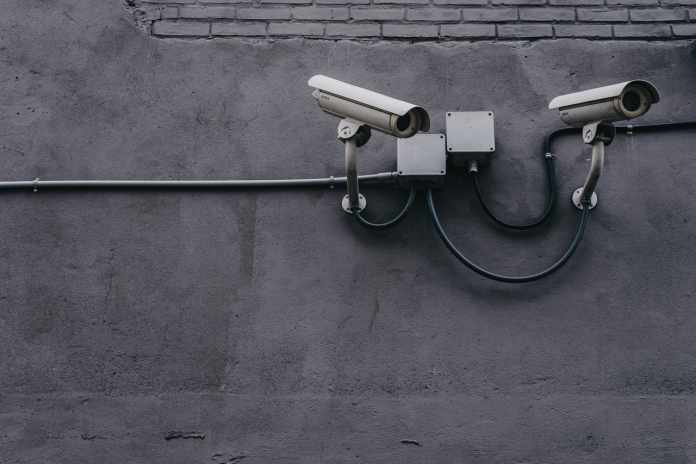How many devices are connected to your router? Even if it is just one or two, you have a home network, and that network needs protecting. A home network is any group of devices connected to one another and/or the Internet — and when anything is connected to the Web, you need to be proactive about keeping your devices and data safe.
Fortunately, home network security isn’t impossibly complex; even beginners can effectively prevent cybercriminals from infiltrating their home networks and wreaking havoc. Here are a few accessible tips and tricks for making a strong and stable network today.
Keep Each Endpoint Secure
Every device connected to your home network is an entry point for cybercriminals, so the more you do to enhance the security of every computer, phone, smart gadget, etc., the more secure your network will be. Fortunately, you probably know all the basic behaviors for keeping endpoints safe, such as:
- Updating software automatically. Allowing your OS and installed apps to update automatically closes their vulnerabilities ASAP.
- Using antivirus tools. Security software scans more thoroughly and more often for signs of an attack, and apps typically offer enhanced defenses, too.
- Making smart choices online. You should always be on the lookout for corrupt links and websites, misleading emails and messages and other tricks hackers use to infiltrate your network.
Install a Network Security Tool
In addition to installing antivirus (or other endpoint protection) on each of your endpoints, you should protect your network with its own dedicated security tool. Different solutions offer different types of defense; for example, Trend Micro Home Network Security is a premium option that offers top-of-the-line security features, whereas free solutions found online might be deficient in critical aspects. Some features you must have in your network security tool include:
- Access control. You should know what devices are connected to your network and be able to monitor their activity.
- Network firewall. Each of your devices has a firmware firewall, but your network should also be protected by a digital barrier.
- Encryption. An encrypted network is impossible for outsiders to observe and understand. Your network security should offer the latest encryption options.
- Intrusion prevention. These systems scan network traffic and block attacks. This prevents one infected device from compromising your entire home network.
Adjust Default Names, Configurations, and Passwords
Each device on your network comes with default security settings — but these settings are not inherently secure. In fact, most modems and routers share their names and passwords with thousands of other devices from the same manufacturer. Lists of this default information are available online, and hackers have already used them to infiltrate millions of devices around the world. Thus, the sooner you make the settings on your devices unique, the better.
When choosing a name for your home network, try to avoid using identifying information, like your name or address. You should also avoid challenging potential attackers with names like “Can’t hack this” or “Invulnerable.” A funny name is fine, as long as it is paired with a strong password you can remember.
Disable Remote Access
As convenient as it might seem to be able to access your home network from anywhere in the world, if you can get into your home devices, hackers probably can, too. You should turn off remote access capabilities, if your router has them, to prevent anyone not connected to your wireless network from getting to your data.
Place Your Router Appropriately

This might seem like a small solution, but it can have a major impact on the security of your home network. A router placed around the edge of your home and near windows and doors is more easily accessed by passers-by on sidewalks and alleyways, which means hackers need only be near your home to launch an attack. However, if you move the router toward the center of your home, you should increase its reach within your walls but thwart malicious people outside from gaining access.
Turn Everything Off When Not in Use
When no one is at home using your network, there is no reason for it to remain active — especially since you already disabled remote access. Thus, no one should be affected by you turning off the network. When you aren’t around to monitor activity, your network is like a sitting duck for cybercriminals, even if you have all the best network security tools installed. Especially during long periods of non-use, like when you are on vacation, your network is best left disconnected.

